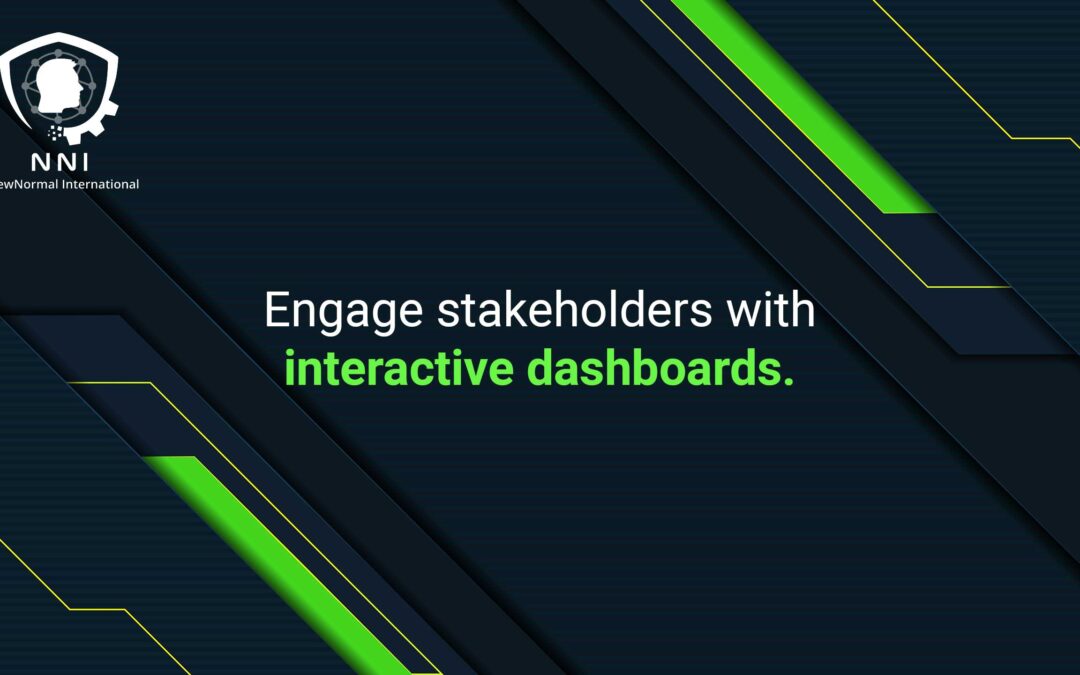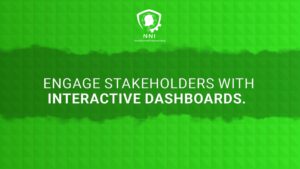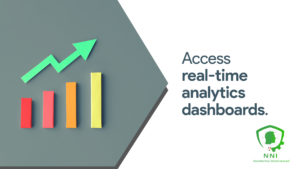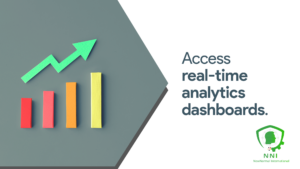Navigating the Future of Business Communication: Engage Stakeholders with Interactive Dashboards
“Engage stakeholders with interactive dashboards” – this mantra is becoming increasingly relevant in the business world, where effective communication is key to success. This article aims to provide business executives, mid-level managers, and entrepreneurs with insights into how interactive dashboards can revolutionize stakeholder engagement, a crucial aspect of change management, executive coaching, and overall business success.
The Significance of Interactive Dashboards in Business
Interactive dashboards have significantly transformed the landscape of business communication, emerging as a pivotal tool in conveying complex information efficiently. These dashboards provide a dynamic and user-friendly platform for presenting intricate data sets, making them accessible and understandable to various stakeholders, regardless of their expertise in data analysis. By enabling real-time data visualization, these dashboards allow users to see immediate representations of business metrics and trends, which is crucial in fast-paced business environments where timely information is key to making informed decisions.
The interactive nature of these dashboards significantly enhances stakeholder engagement. Users are not just passive recipients of information; instead, they can interact with the data, drilling down into specifics, filtering for desired parameters, or even altering the data range to focus on different time periods. This level of interactivity fosters a more profound and active understanding of the data, as stakeholders can manipulate it to view insights from various perspectives. Such features are particularly valuable in strategic planning sessions, team discussions, and executive decision-making processes, where understanding the nuances of data is essential.
Moreover, interactive dashboards can integrate data from multiple sources, providing a comprehensive overview of business performance. They can consolidate information from various departments like sales, marketing, human resources, and operations, offering a holistic view of the organization’s health. This integration is vital for identifying correlations and causations across different business areas, enabling leaders to devise strategies that are well-informed and encompassing all aspects of the business.
The visualization aspect of these dashboards also plays a critical role. They translate complex data sets into graphs, charts, and maps that are visually appealing and easy to interpret. This visual representation helps in quickly grasping trends, outliers, and patterns that might be missed in traditional reports. Color coding, interactive legends, and customizable layouts further enhance the user experience, making data analysis an engaging and insightful process.
In essence, interactive dashboards represent a convergence of data science and user experience design, providing a powerful tool for business communication. They not only simplify the interpretation of complex data but also enable a more interactive, engaging, and productive way of analyzing business performance and strategizing. As businesses continue to navigate through large volumes of data, the importance of these dashboards in driving data-driven decision-making and effective communication continues to grow.
Change Management and Interactive Dashboards
Effective change management involves clear and transparent communication. Interactive dashboards facilitate this by providing stakeholders with up-to-date, relevant information, enabling them to track the progress of change initiatives in real-time. This transparency helps in building trust and ensures that all stakeholders are aligned with the organization’s objectives.
The Role of Executive Coaching
Executive coaching services are essential in helping leaders effectively utilize interactive dashboards. Coaches can train leaders in interpreting dashboard data and using these insights to make informed decisions. Furthermore, coaching can enhance a leader’s ability to communicate these insights effectively to their team and other stakeholders.
Integrating Generative AI with Dashboards
The incorporation of Generative Artificial Intelligence (AI) with interactive dashboards opens new avenues for predictive analytics and personalized reporting. AI algorithms can analyze large datasets, predict trends, and provide actionable insights, making dashboards not only interactive but also intelligent.
Improving Leadership and Management Skills with Dashboards
Leadership and management skills are significantly enhanced when leaders can effectively utilize interactive dashboards. These tools aid in strategic decision-making, resource allocation, and performance monitoring, all crucial aspects of effective leadership and management.
The Importance of Project Management in Dashboard Implementation
Implementing interactive dashboards requires meticulous project management. This process involves identifying the right metrics to track, integrating various data sources, and customizing the dashboard to meet the specific needs of the business and its stakeholders.
Conclusion
Interactive dashboards are transforming the way businesses communicate with their stakeholders. By providing a platform for real-time, data-driven insights, these tools are essential for effective stakeholder engagement, change management, and overall business success. As the business landscape continues to evolve, the ability to engage stakeholders with interactive dashboards will be a key differentiator for successful organizations.
#InteractiveDashboards, #StakeholderEngagement, #BusinessCommunication, #ChangeManagement, #ExecutiveCoaching























